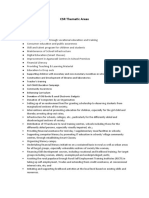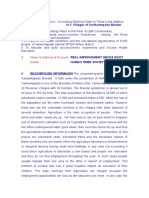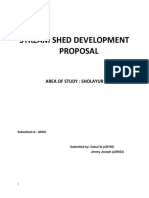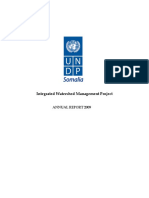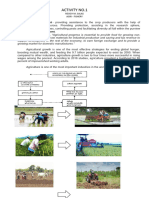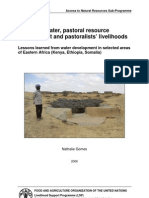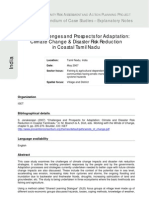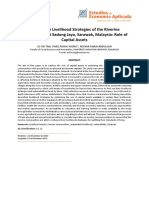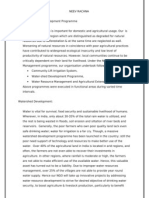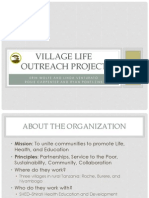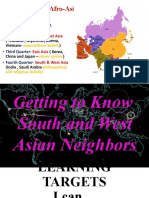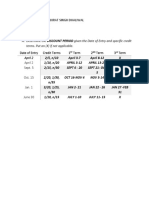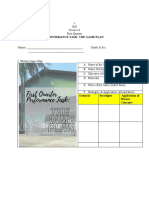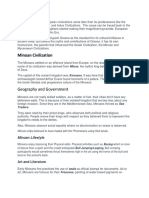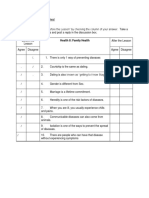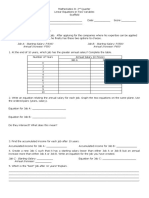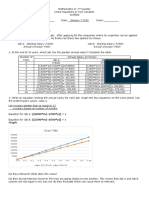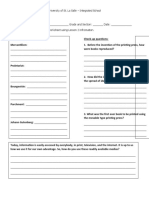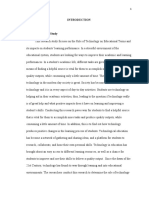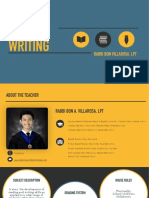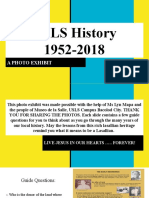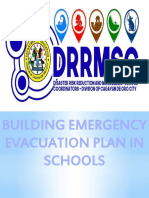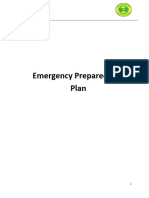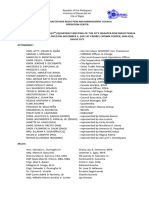0% found this document useful (0 votes)
93 views19 pagesCommunity-Managed Sustainable Livelihoods in River Basins in Negros Occidental
This 3 sentence summary provides the key details about the community-managed sustainable livelihoods project in Negros Occidental river basins:
The project aims to help communities residing near river basins in Negros Occidental by developing a livelihood and community development plan to address issues like low income, poor housing, polluted water sources, and food insecurity. It will be managed by a team who will plan and implement tasks focused on water basin management, agriculture, disaster preparedness, livelihood skills, housing, and hygiene with a budget of 3 million pesos. Collaboration with other organizations will help ensure all objectives are fully executed to improve living conditions and promote sustainable livelihoods.
Uploaded by
Simmy DhaliwalCopyright
© © All Rights Reserved
We take content rights seriously. If you suspect this is your content, claim it here.
Available Formats
Download as DOCX, PDF, TXT or read online on Scribd
0% found this document useful (0 votes)
93 views19 pagesCommunity-Managed Sustainable Livelihoods in River Basins in Negros Occidental
This 3 sentence summary provides the key details about the community-managed sustainable livelihoods project in Negros Occidental river basins:
The project aims to help communities residing near river basins in Negros Occidental by developing a livelihood and community development plan to address issues like low income, poor housing, polluted water sources, and food insecurity. It will be managed by a team who will plan and implement tasks focused on water basin management, agriculture, disaster preparedness, livelihood skills, housing, and hygiene with a budget of 3 million pesos. Collaboration with other organizations will help ensure all objectives are fully executed to improve living conditions and promote sustainable livelihoods.
Uploaded by
Simmy DhaliwalCopyright
© © All Rights Reserved
We take content rights seriously. If you suspect this is your content, claim it here.
Available Formats
Download as DOCX, PDF, TXT or read online on Scribd
/ 19













